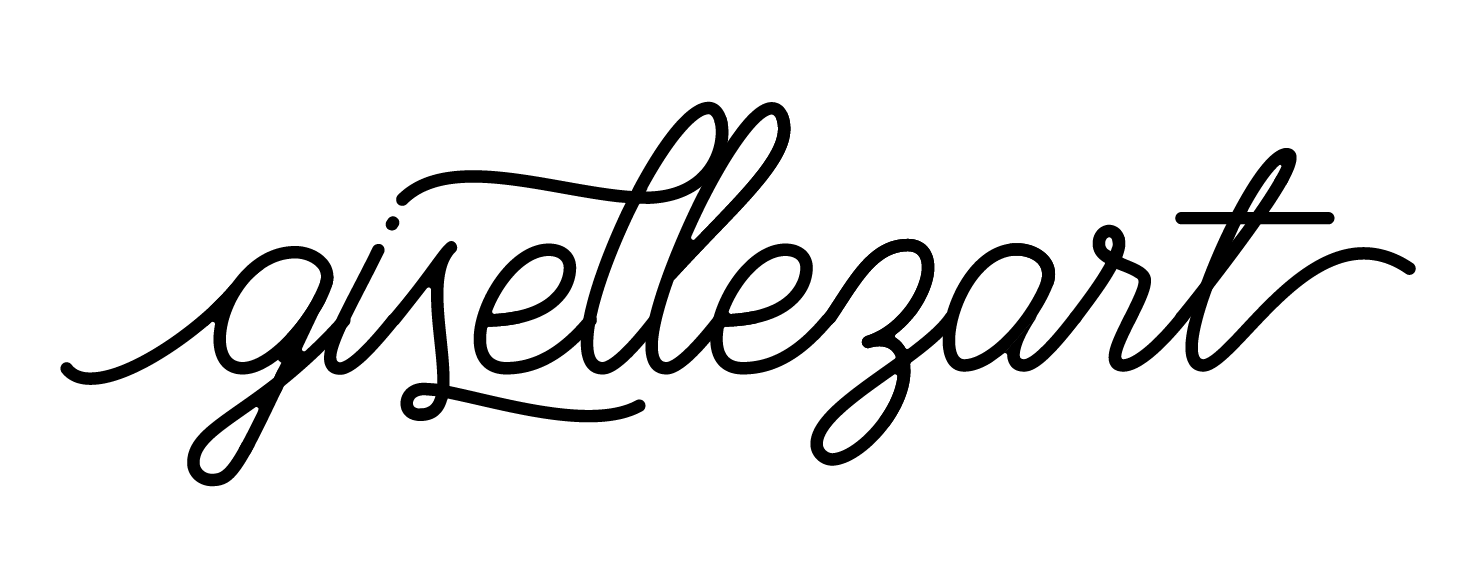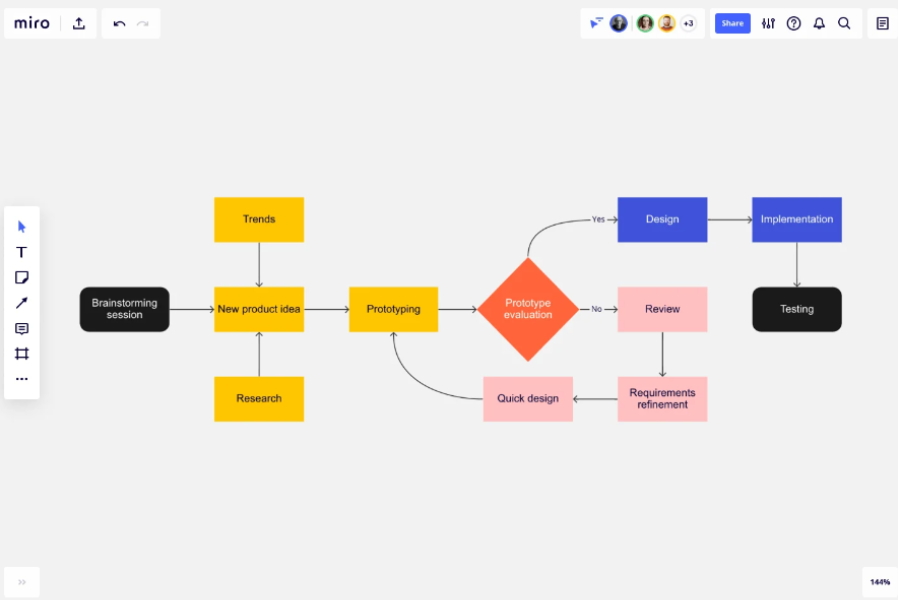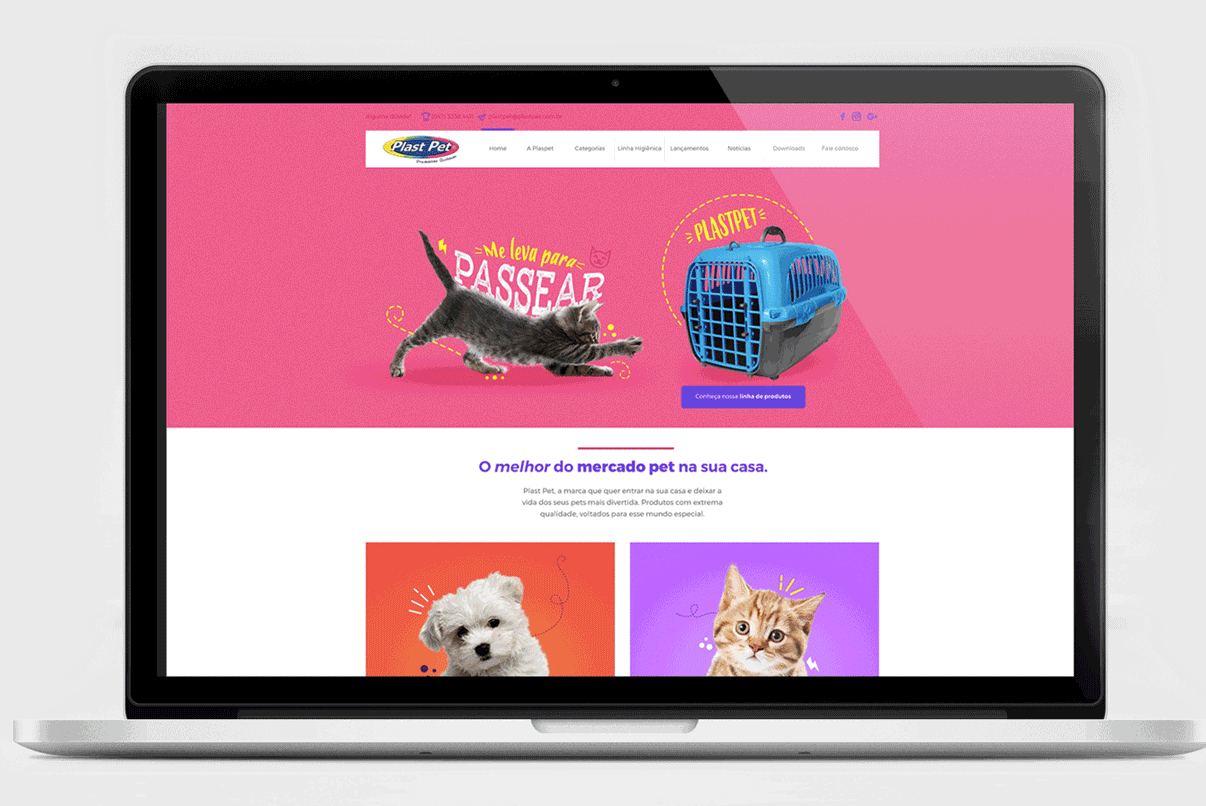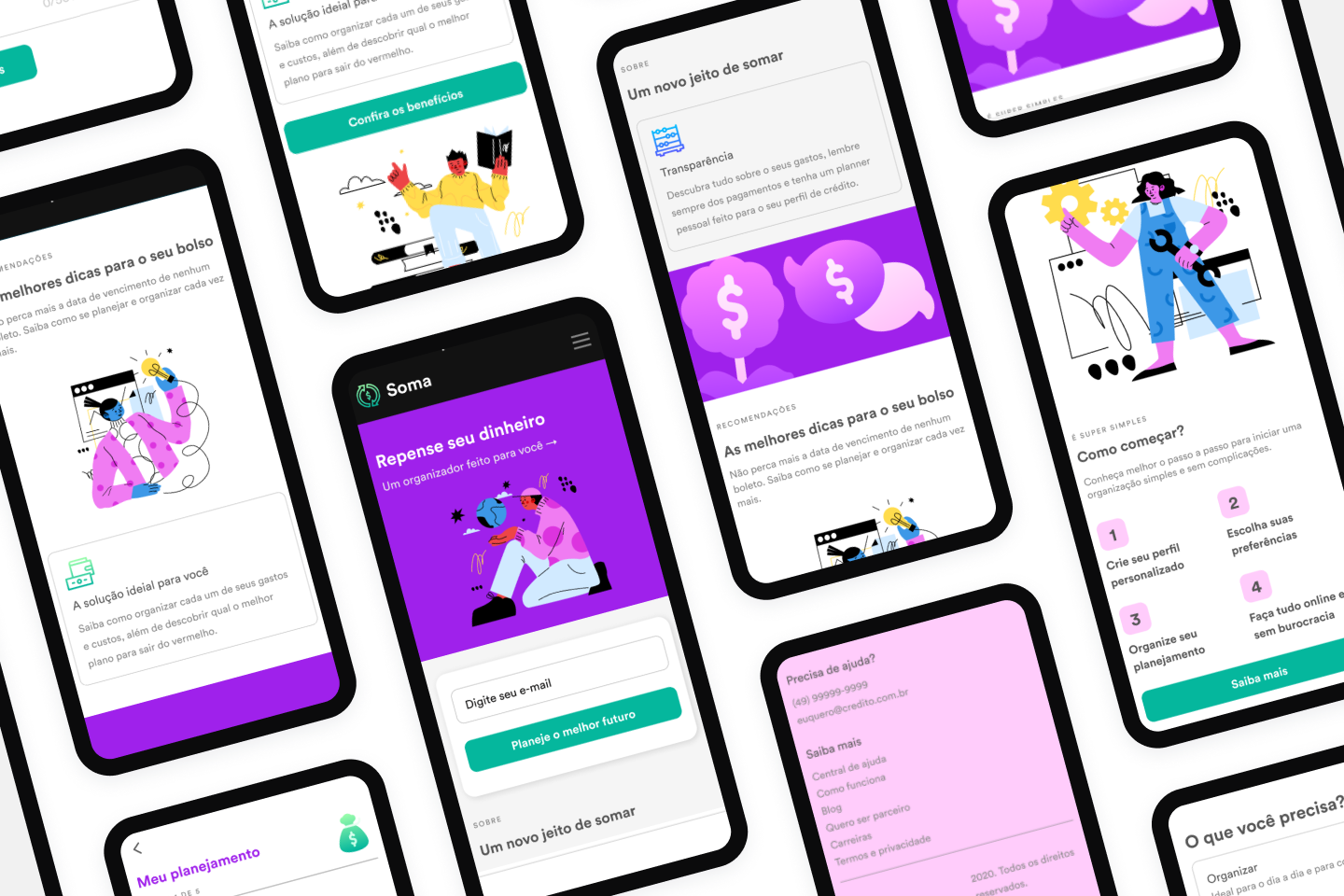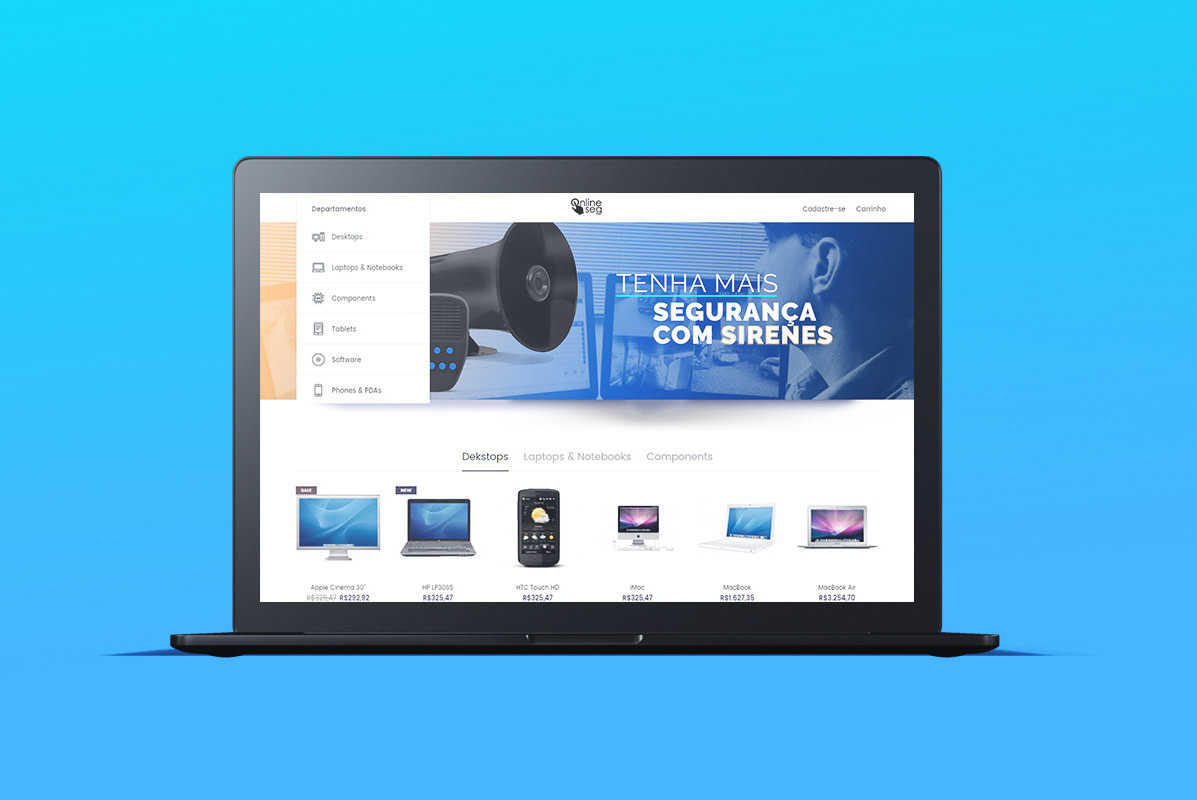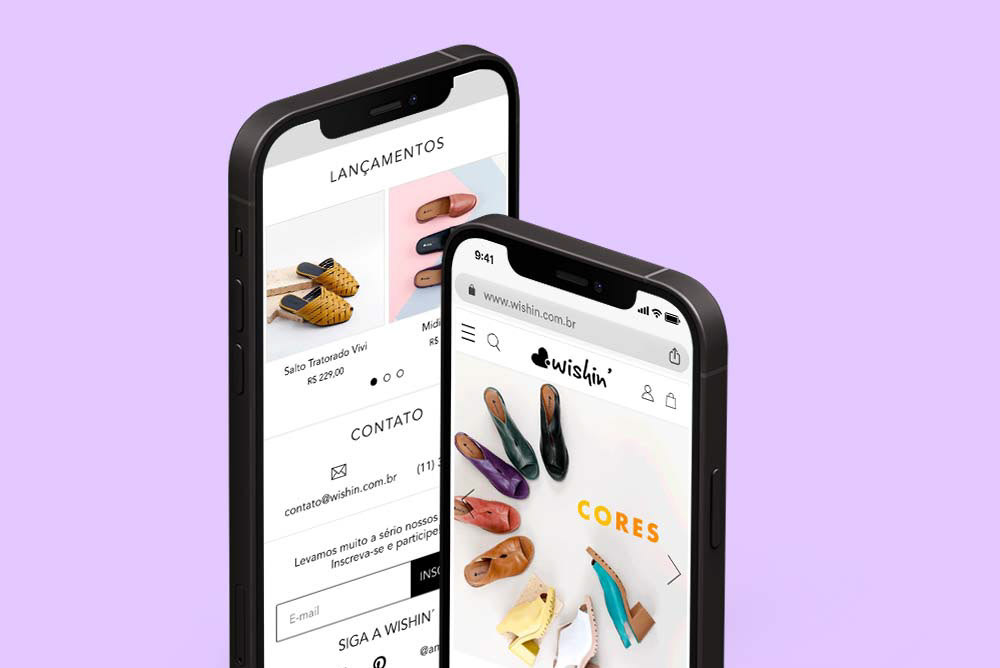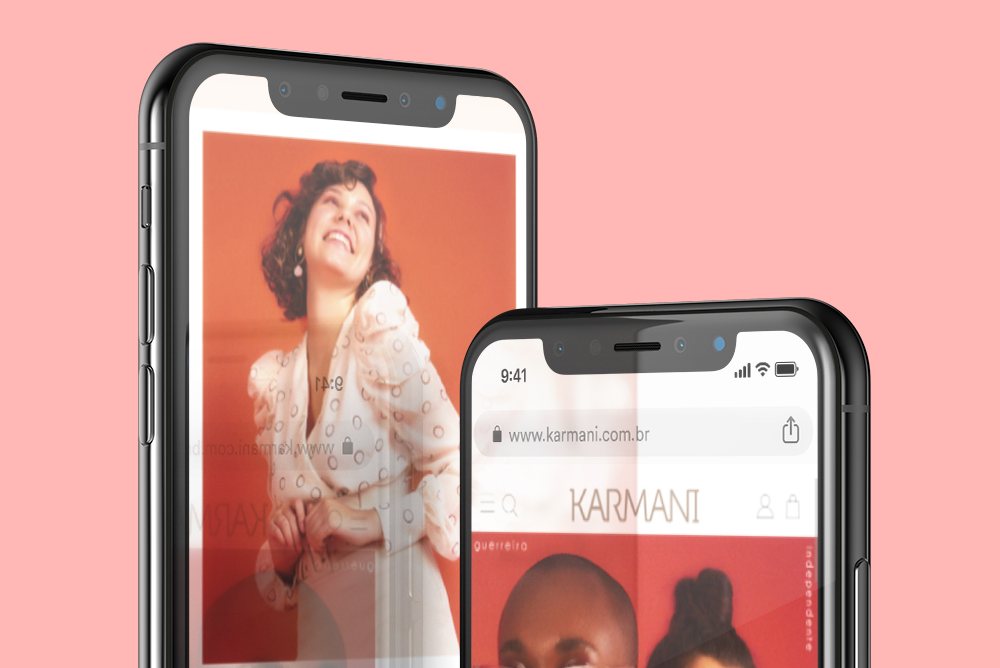In 2020, I joined the waiting list for the Design System & Ops course by Meiuca, a team known for their extensive expertise in large-scale design. They have played a key role in developing design systems for renowned companies such as Claro, Printi, XP Inc., Next, and Youse. While waiting for the course to begin, I explored their insightful articles on Medium, which offered a great introduction to the topics that would be covered in the modules.
As my projects grew more complex—whether in small teams or larger, multidisciplinary ones—I realized the need to learn about design systems, project management, and collaboration practices. I wanted to refine my deliverables, maintain consistency, enhance agility, and gain a broader perspective on design.
When I finally secured a spot in the course, I was impressed by the clear, well-organized structure and practical approach to each module, especially in the context of social isolation. We shared our progress in a Slack channel with over 600 professionals, which fostered networking and an exchange of ideas.
Throughout the course, I followed the steps of a design process—discovery, design, testing, development, and documentation—while using Figma on e-commerce projects. We used Figma for interface development, client presentations, and even participated in a hackathon to practice what we were learning.
Understanding the scenario
"Design System is a set of components coded from design semantics."
This definition by Tiago Hassu was a crucial turning point in my understanding. I believe in working where there's purpose, and that’s exactly what Meiuca’s team embodied—design’s transformative power when paired with technology. The course allowed me to connect these possibilities, helping me enhance my design process.
The first step in my journey was to analyze the company I was working for at the time. Amidst several changes and updates, I assessed the current state, design strategies, goals, pain points, and the relationship between design and development. Interviews with designers, developers, and leaders helped me understand my role and responsibilities, and the challenges in implementing innovations that were consistent, reusable, and modular.
Key insights on complexity
Design systems require a deep understanding of the following:
1. Understanding system users and design decisions
2. Recruiting supporters for the process
3. Mapping pain points between design and development
4. Creating project implementation strategies
5. Setting tangible goals
6. Measuring efforts to calculate outcomes
This framework helped me align my learning with the real-world challenges I was facing. I examined business objectives, technologies, and company culture to understand how design could best fit into the company’s ecosystem. This was essential in ensuring that my learning was grounded in practical application.
Case Study: Airbnb’s Design System
For my case study, I chose Airbnb’s design system, which I felt was at an intermediate level of maturity and a product I was familiar with as a user. I analyzed their design evolution, starting from the brand guidelines to the digital design needs. One key challenge was applying these guidelines to digital interfaces, where the colors, typography, and user flows needed to align with the brand’s identity.
I reviewed Airbnb’s design principles to better understand how the company connects with users. These principles became the foundation of my design decisions:
1. Community – Creating a sense of connection beyond just the digital experience.
2. Belonging – Promoting the idea of diverse, welcoming spaces for all.
3. Trust – Ensuring a safe, secure platform with thorough background checks and reliable payment methods.
4. Accessibility – Designing an intuitive, inclusive user experience that adheres to accessibility standards.
I also gave the design system a name, “Neighborhood”, reflecting the brand’s emphasis on community and connection—qualities that are at the heart of the Airbnb experience.
Design Tokens and Components
The next phase involved building design tokens—semantic components that are foundational to a scalable design system. Working with both web and app libraries, I learned the importance of naming conventions and how to map out components across different platforms. In this stage, I also collaborated with two key teams at Airbnb: "Find" (the user journey to booking) and "On trip" (the post-booking experience). By analyzing components shared between both, I identified opportunities for optimization and consistency.
Components are the building blocks of any scalable design system. I started by designing base components using design tokens, and gradually built more complex elements, taking into account responsiveness, interactions, and visual consistency across all screens.
Handoff and Collaboration
The final step of the process was ensuring smooth collaboration with the development team. Effective handoff is crucial for ensuring that the design vision is translated into functional products. The key here is clear communication—ensuring the tech team understands the design rationale and how it applies to real-world scenarios.
This experience has significantly broadened my design perspective, reinforcing the importance of design systems, collaboration, and consistency in building impactful, scalable products.
